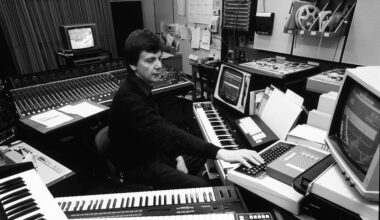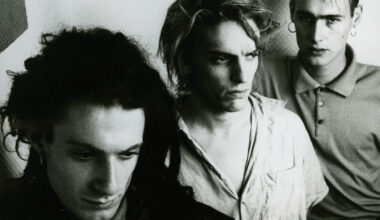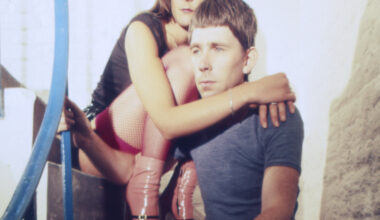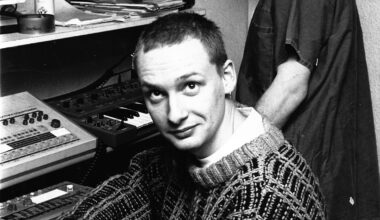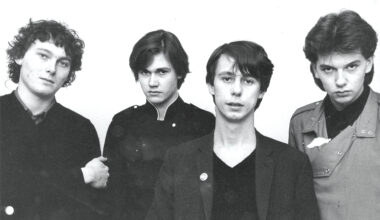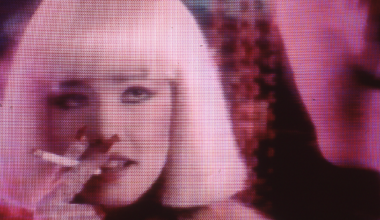Sweet Exorcist’s Richard Barratt – aka DJ Parrot/Crooked Man – recalls the making of 1990’s essential bleep techno cut, ‘Testone’, with Richard H Kirk
Want to read more?
Sign up to Electronic Sound Premium to gain access to every post, video, special offers, and more. 100%, all you can eat, no commitment, cancel any time.
Already a premium member? Log in here
